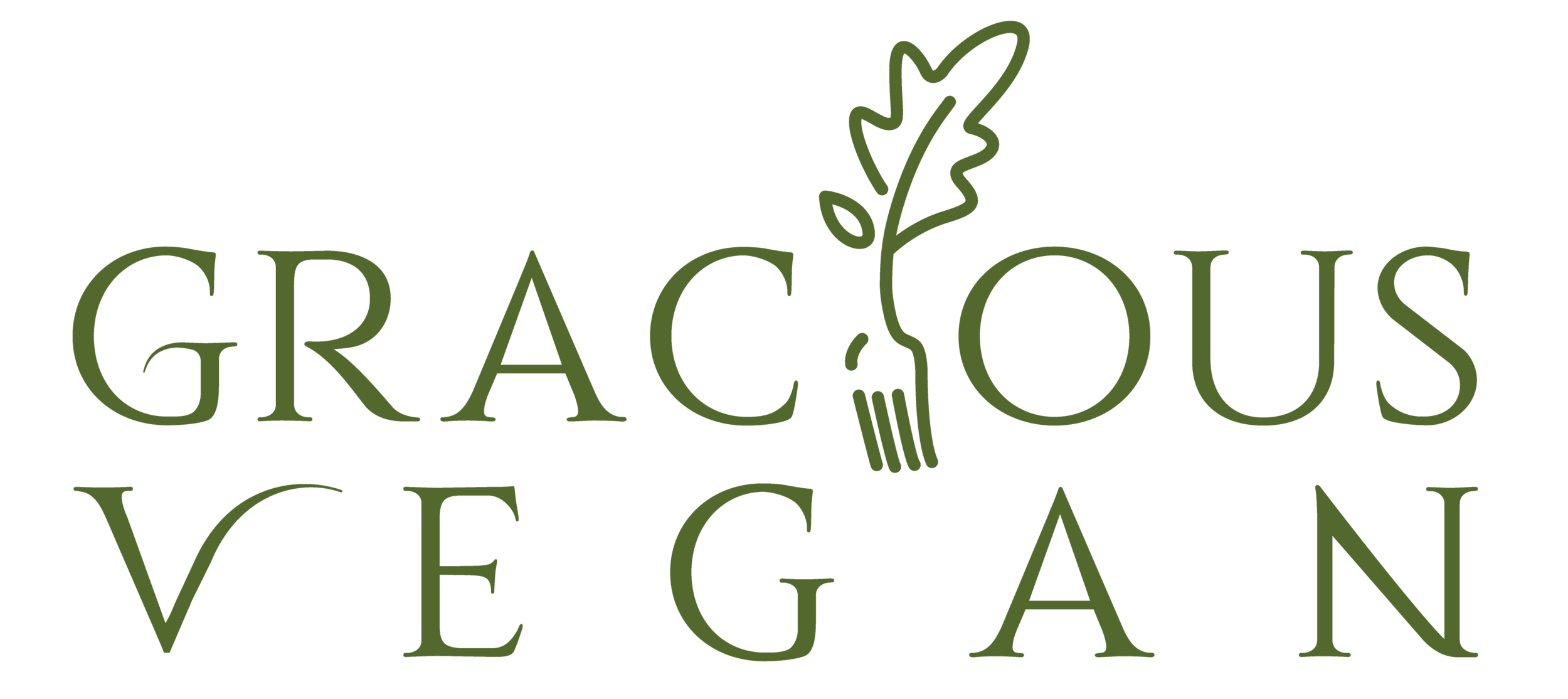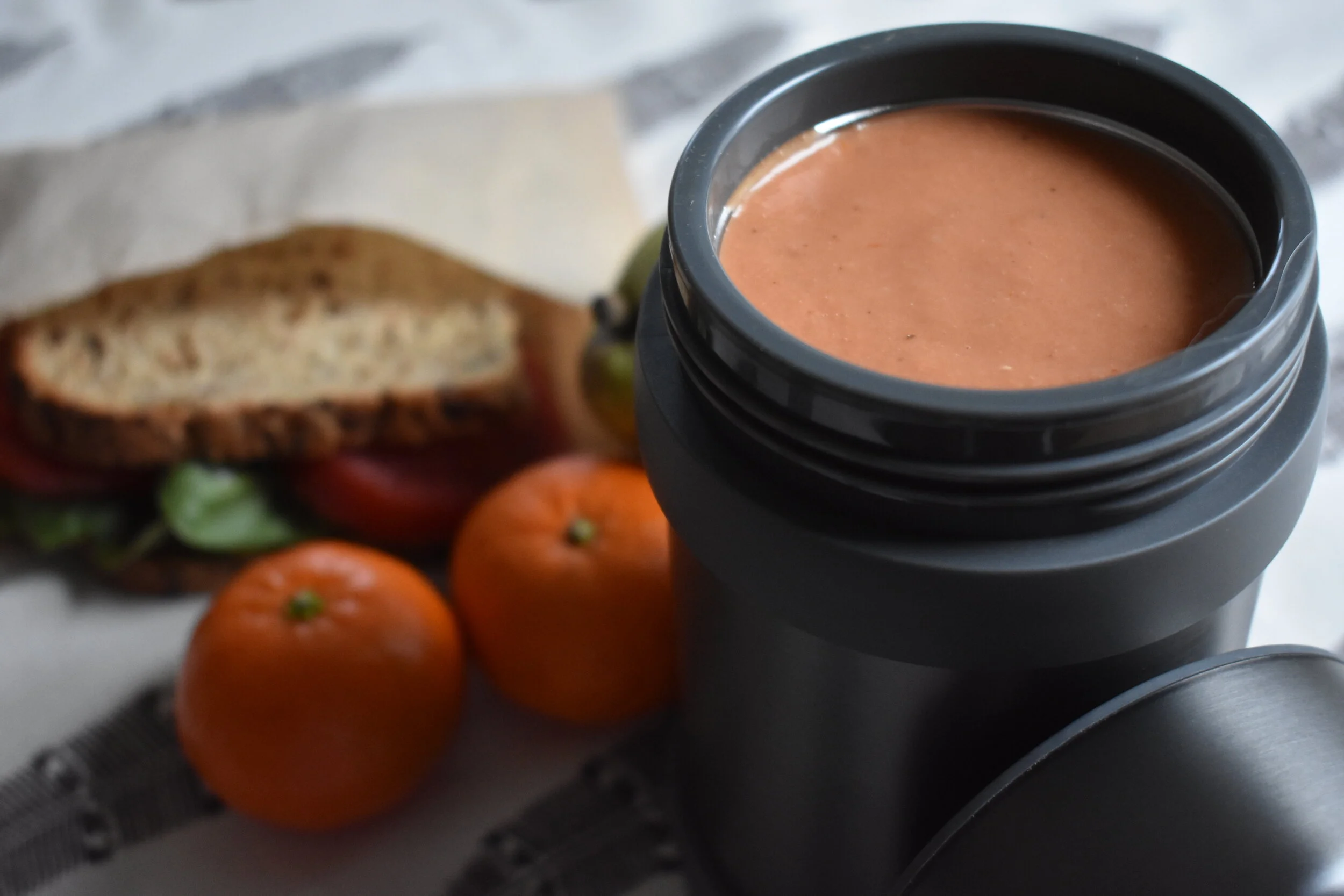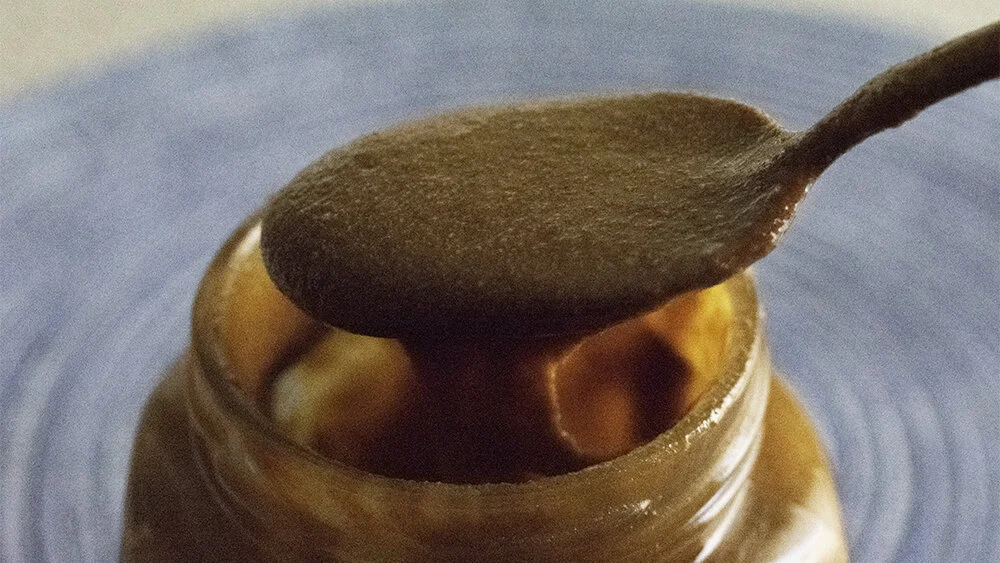Kala namak is a type of salt that has a high sulfur content. This means it’s perfect for plant-based dishes that benefit from an “eggy” taste and smell.
Read MoreI provide here a summary of the book “How Not to Diet,” with an option to save and print out as a .pdf. I don’t consider this summary a substitute for reading the book, but it explains the important themes and points.
Read MoreHaving your fridge and pantry full of good-for-you snacks is a must if you eat a healthy plant-based diet. I’ve prepared a list of snack ideas, categorized into “Eat in Abundance” and “Eat in Moderation” categories.
Read MoreIf you are looking for ideas related to plant-based soups, stews, and chowders, check out this page of ideas. I’ve categorized them by main ingredients (vegetables, legumes, grains) and further sub-divided so you can find your favorites.
Read MoreEven if you’re not cutting down on sodium, it makes sense to understand the difference among the liquids often called for in Asian dishes. Here we cover how much sodium each contains, main ingredients, and other health issues.
Read MoreBe ready for many plant-based recipes and improvised meals and snacks with these ingredients on hand.
Read MoreIf you are looking for ideas related to plant-based sandwiches, check out this page of ideas. I’ve only scratched the surface, but this should help with brainstorming what to plan for.
Read More“But I would miss cheese!” is what a lot of people say when talking about going vegan. Here are some recipes for healthy and tasty cheese substitutes. If you like to cook, I recommend trying one or more of these.
Read MoreWhat’s the best way to stir a jar of natural peanut butter to get that pool of oil distributed and all the hard lumps smoothed out? I have explored the most popular suggestions and made a verdict of my own.
Here are some ideas for gifts you can give or request for yourself. They are all related to plant-based cooking and eating. My suggestions range from homemade treats to a $160+ appliance, with many levels in between.
Read MoreHere are my best tips for reducing or eliminating oil in your plant-based cooking.
Read MoreIf you cook vegetarian or vegan, you need a vegetable broth solution that works for you. There are lots of options, so I offer my take on the advantages and disadvantages of each.
Read MoreHere’s a quick Edamame 101, including health benefits, past controversies, and links to recipes that make edamame taste even more delicious than it does by itself.
Read MoreFlaxseed meal is an essential ingredient in plant-based cooking. Here’s a quick introduction to what flaxseed meal is, why it’s so nutritious, and ways to use it in plant-based cooking, with links to recipes.
Read MoreChinese roasted sesame paste is a key ingredient of Cold Sesame Noodles, but it can also be a whole-food substitute for sesame oil. Here’s a quick introduction to what Chinese roasted sesame paste is, why it’s so nutritious, and ways to use it in plant-based cooking, with links to recipes.
Read MoreNutritional yeast is a key ingredient in many plant-based dishes. Here’s a quick introduction to nutritional yeast, its nutritional qualities, and ways to use it in plant-based cooking, with links to recipes.
Read MoreA brief explanation of what xanthan gum is, why it’s used in so many foods, whether it’s vegan or not, and how I use it in a few plant-based recipes.
Read MoreA brief explanation of what “Nutrient Density” is, why it matters, and how it’s relevant to plant-based eating.
Read MoreA brief explanation of what “Caloric Density” is, why it matters, and how it’s relevant to plant-based eating.
Read MoreHere’s a brief explanation of what buckwheat is, the forms it comes in, and some plant-based recipes to get you started using this wonderful seed.
Read More




















